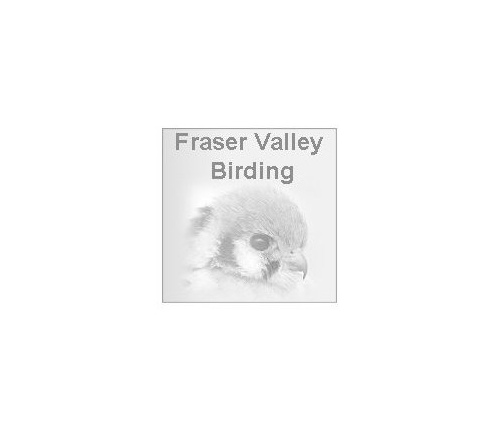|
||||||||||||||
|
|
||||||||||||||
|
Status in the Checklist Area - (5) Accidental
|
|||||||||||||||||||||||||||||||||||||||||||||
|
|
|||||||||||||||||||||||||||||||||||||||||||||
|
Information |
||||||||||||||||||||||||||||||||||||||||||||
|
A slightly smaller shrike than our Northern Shrike but found in similar habitat. Despite their main diet consisting of large insects and small birds, mammals and lizards, the shrikes are still a species of songbirds like a warbler or a sparrow. Prey is often impaled on a sharp twig or barbed wire to aid in feeding (see video below). Loggerhead Shrikes occur mostly to the south of the checklist area with a breeding population in the Prairies. Declining across its range. Only five records currently exist for the checklist area. There are limited records throughout British Columbia however, and this species is mostlikely to be encountered in B.C. in the spring and early summer months. Similar species: Sources: |
|||||||||||||||||||||||||||||||||||||||||||||
Noteworthy Data |
|||||||||||||||||||||||||||||||||||||||||||||
|
|||||||||||||||||||||||||||||||||||||||||||||
Photographs |
|||||||||||||||||||||||||||||||||||||||||||||
 |
 |
 |
 |
 |
|||||||||||||||||||||||||||||||||||||||||
 |
 |
 |
 |
||||||||||||||||||||||||||||||||||||||||||
 |
 |
 |
 |
||||||||||||||||||||||||||||||||||||||||||
 |
 |
 |
 |
||||||||||||||||||||||||||||||||||||||||||
 |
|||||||||||||||||||||||||||||||||||||||||||||
| Audio and Video | |||||||||||||||||||||||||||||||||||||||||||||
| April 4, 2015 at Hope Airport - www.youtube.com/watch?v=b13BsLMtX_U | |||||||||||||||||||||||||||||||||||||||||||||
Back to Species List |
|||||||||||||||||||||||||||||||||||||||||||||
|
|||||||||||||||||||||||||||||||||||||||||||||

